
Developer: Compile Heart, Idea Factory
Publisher: NIS America
Platform: PS3
Tested on: PS3
Hyperdimension Neptunia Hypercollection – Review
Hyperdimension Neptunia, the franchise that takes us to an alternate universe, to a planet where everything seems to have names pulled right out the specs list of your newly purchased computer, has bundled three of its games for those who have not had the chance yet to try it out. Indulge yourself in the world of Gamindustri where four goddesses aptly named CPU’s. Prepare yourself for a world where videogames are more than mere entertainment. Just don’t get too hyper.
Story
As stated in the introduction, all three games will take place in Gamindustri, a seemingly peaceful place, but behind the curtains there is a lot more going on than meets the eye. Even though Gamindustri was once governed by one goddess, she decided to split up the world into four parts and allow four CPUs to each govern their own portion of this game-like world. Sadly, as is the case in nearly every world, the more entities there are, the more problems will arise. As the collection consists out of the first three titles of the franchise, you’ll be treated to three different storylines, each with their own struggles to overcome. We’ll try our best to give you a clear summary of each of the different plotlines.
SPOILERS POSSIBLE BEYOND THIS POINT in the story section of this review. As the games are three consecutive titles, the story of the second and the third game may present a few spoilers for the previous games (no bad ones though, but we like to warn you just in case).
In the first Hyperdimension Neptunia the four ruling CPUs have been at each other’s throats for years and years and it seems they have come to a stalemate. After many discussions, three of the CPUs decide to take down the other one, hoping to reach a conclusion faster this way, as three bickering Console Patron Units are less competition than four. Due to this decision, the Purple Heart CPU is struck down to ‘earth’ and ends up losing her original powers and her memory. Adopting the name Neptune she then gets discovered in the land she used to govern, Planeptune, by a kind soul named Compa. Compa is a nurse in training who immediately bonds with Neptune. Together they decide to ‘go out on an adventure to save the world!’ Whilst this may be an adorable mission at first, it seems they might just as well have to save the world from the other bickering CPUs. Histoire, the original goddess, comes in contact with Neptune and informs her of this arduous quest, whilst keeping the information scarce. If the rest keeps bickering, the world might be affected as well. It’s up to you to start saving Gamindustri.
Hyperdimension Neptunia mk2 takes us back to the already familiar world of Gamindustri, but after a short period of peace, things have taken a turn for the worse. As CPUs draw power from the worship (shares) of the inhabitants of each of their own landmasses, it’s no mystery their power has been in decline ever since people stopped ‘believing’. This created an opportunity for the evil Deity of Sin to attack the four CPUs head-on and imprison them in a scary graveyard where one could get lost for years on end. When Clampa and IF, who were great friends of Neptune since the first game, decide to go on a rescue mission, they are only able to save Nepgear. Nepgear is Neptune’s younger sister, thus making her a CPU candidate. Clampa and IF learned the hard way they cannot face the Deity of Sin in their current state and thus they decide to win back ‘shares’ for Planeptune, making the residents believe again.
Last but not least, Hyperdimension Neptunia Victory once again shows us a peaceful world where CPUs can slack off and play videogames all day long. Well, they’re not supposed to, but Neptune tends to get overexcited when she takes ‘breaks’ from her day-to-day tasks. When Neptune and Nepgear have to answer to Histoire for their lack of performing actual work, they decide to do some work again. When things are turning back to what they were before, a new organization pops up that claims CPUs are becoming obsolete and inhabitants should not rely on them. When approached by Neptune, it’s clear the head of this new organization is a coward, as she runs off, even though the loveable CPU simply wanted to talk to her. Because of the doubt in the heart of the organization’s leader, she gets consumed by a dark being, that grants her powers she could have never imagined. Upon the next encounter with Neptune, she banishes her to an alternate universe, where someone else governs Planeptune. Sadly, Neptune will not only have to worry about getting home, there is also the impending conflict that is about to burst open in this new, yet familiar-ish world. (Well, she actually does not realize she is in an alternate universe.)
Overall the story portions of all games are brought in a visual novel-esque style, which makes the games both appealing and fun. Even through the graveness of all that is happening, all the characters are lighthearted, making it easy to fall in love with the almost all girl cast of the games.
Graphics
Seeing the collection offers three games, you’ll see a slight difference compared to the overall quality of the graphics but you’ll also see how the series evolved and that certain portions were approached differently.
All games opt for the same cute anime-like appearance where everything is brightly colored. You’ll be presented with a cute nearly all girl cast, with cute faces and of course certain sexy features, albeit in a non excessive fashion. In the first game all story portions are brought to you in a way such as visual novels do, with drawn (slightly moving) illustrations. The second and third installment of Hyper Dimension Neptunia tend to spice things up by altering the drawn illustrations with 3D animated visual novel-like parts.
When in a dungeon, in all three games, whilst the last two titles look significantly better than the first, there is not that much detail to the environments. Even though the same colorful palette is being used for the dungeons, there is not that much to be seen. The areas are often quite bland and except for the enemies there aren’t that many extra items or obstacles present. That being said, the characters and enemies still look detailed, loveable and great.
The first game has a beautiful overworld with a menu based system. Mk2 and Victory opt for a retro looking map that serves as a hub, and inside the areas you’re able to visit you’ll see a more Flash-like style. Even though the colors are great and vivid, the animations leave to be desired in these small town overviews.
Overall all three games look quite decent, for games of the previous generation, but some parts could have done with a bit of tweaking. Great visual novel scenes, good looking characters and enemies alternate with empty environments and inferior looking towns. If you play through all of the titles, you’ll gradually see an increase in character detail, which shows a clear evolution.
Sound
Catchy tunes, cute (English) voices and sound effects that are on par with other great RPG titles are the backbone of this collection. Some tracks will get you a bit hyper, especially the combat sequences provide a great listening experience. Outside of combat, you’ll be able to enjoy the quirky Neptunia and friends, to provide you with a constant smile on your face. Short and simple: qualitative music and voice acting.
Gameplay
The Hyperdimension Neptunia Hypercollection offers players a chance to start from the beginning of the Neptunia franchise, which finds itself under the fairly ‘old school J-RPG’ genre. Even though the first game differs a lot from the second and third game, the overall feeling stays alike.
In the first Hyperdimension Neptunia game everything feels a bit more elaborate, compared to the other two titles and this is mainly due to the slower combat mechanics and the long-winded way of navigating around the world that is called Gamindustri. To unlock new events, dungeons and story quests, you’ll first have to ‘search’ for information, after which you’re able to explore the unlocked dungeons. If you wish to go to another landmass other than Planeptune (Lowee, Lastation or Leanbox), you will have to wait until another continent floats nearby in order to create a connection, which allows you to start exploring another place.
When you start wading through the dungeons, you will have random encounters with enemies and thus you will be randomly attacked when walking around. This is pretty much the same as in many older RPG games, which allowed for a decent base to work with. During combat itself you will be able to attack in turn-based patterns, meaning you will have to select attacks for you to perform, during your turn. Attacks themselves, or at least the way you attack is different from older RPG games, as the Hyperdimension Neptunia games work with AP (action points). These points will allow you to perform multiple normal attacks during your turn, as well as use special abilities and transformation moves.
The first game also has a different approach concerning items, as you will not really be able to use them at will. When you wish to use healing items, you will have to adjust some settings in the menus as to when a healing item is used. For example, you can adjust healing items to work at a 55% (max) chance, when your health falls beneath 50%. This makes the healing system feel a bit annoying, as you’ll have to have sufficient luck in order to use your healing potions.
Hyperdimension Neptunia mk2 and Victory aim for a more modernized combat and navigation system and truth be told, everything feels a bit more smooth, which creates a more fun atmosphere than in the original game.
The navigation system works with a simple 8bit-like map where you can just move your cursor around to visit the place you want to go to. Events are properly marked, as well as the names of the places you wish to go to. This means, no more waiting for landmasses to approach, no more searching and exploring but simple, clear and easy to work with mechanics. For extra events you’ll have to work with a system called Chirper (Twitter) in mk2, where you can talk to contacts and random game characters. In Victory, you’ll just be able to talk to other characters in towns by selecting them, as well as in the local Basilicoms (base of operation).
Combat itself in both the second and third game works with action points, just like in the first one, but you’ll have a bit more freedom than the simple turn based mechanics. Unlike the first place, where you were forced to remain still, in the later installments you’re able to run around in a small circle shaped zone, where you can position yourself and attack your foes. Again, it’s a matter of spending your AP wise when choosing between normal attack and other special moves.
Another difference is that the enemies are now visible in the dungeons themselves. This gives you another few options as to running away from enemies or sneaking up on them, giving you a slight advantage. When you attack your foe before it touches you, you will get the first move, which gives you the chance to kill it before it’s able to attack you (if you’re lucky). Other than the enemies, you’ll also see event markers spread throughout dungeons, which grant you another place to see new events.
Keep in mind, If you happen to collect a lot of extra quests from the guild, you’ll be able to score extra shares for your CPU, which allows them to gain more strength.
Perhaps one of the best improvements is the option to use your healing items (and others) at will. Whilst the luck based system had its charm, to a certain extent, it’s great to allow for better planning during combat situations, especially if you forgot to save your game beforehand.
Throughout the three different titles, you’ll have a mechanic that allows you to combine the traits of two characters, in order to be more effective in combat. Whilst this might be a bit puzzling at first, it’s great to try out new combinations in different kinds of situations. Overall another fun twist, that shows that the developers did an effort to spice things up.
All games grant you the ability to switch between gear for all the different playable characters, this means you’ll be able to strengthen your characters by purchasing new armor and weaponry. Of course, after battles you will gain experience, which will allow you to level up, strengthening your characters with more health points and skills.
The games also offer you a decent amount of options as to how you would prefer to fight your battles or even unlock new gear and items. You can set up certain moves that you can use, as well as combo moves, which allow you to create certain move sets for the struggles at hand. If you’re a creative spirit, you can collect items, to start crafting new stuff to either resupply your used stock or to unlock new recipes for certain items in the shop.
Conclusion
Overall you can see the evolution of the genre for the better, throughout this fun, old school collection of funny and decent RPG games. The characters are able to make you smile with their witty dialogues as well as the slapstick humor. Whilst the overall gameplay might not be on par with certain triple A titles, they do have a solid base with a few fun twists and turns along the way. If you like cute characters and an easygoing yet decent plot, this Hypercollection might be great for your own collection you like to get hyper about.
Hyperdimension Neptunia Hypercollection - Review,6 Comments
Leave a Reply
You must be logged in to post a comment.

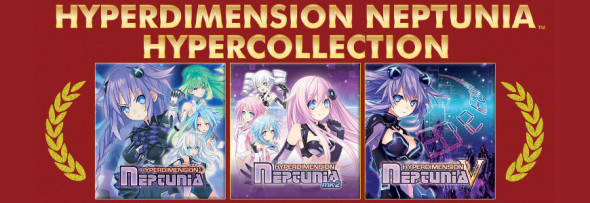
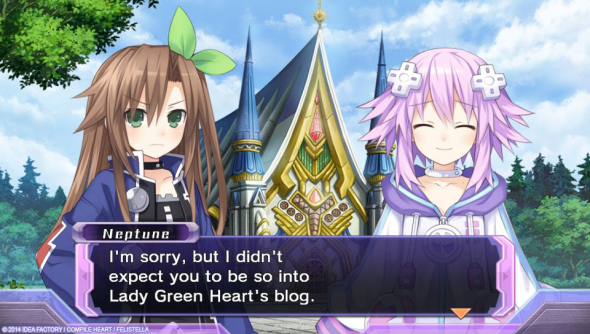
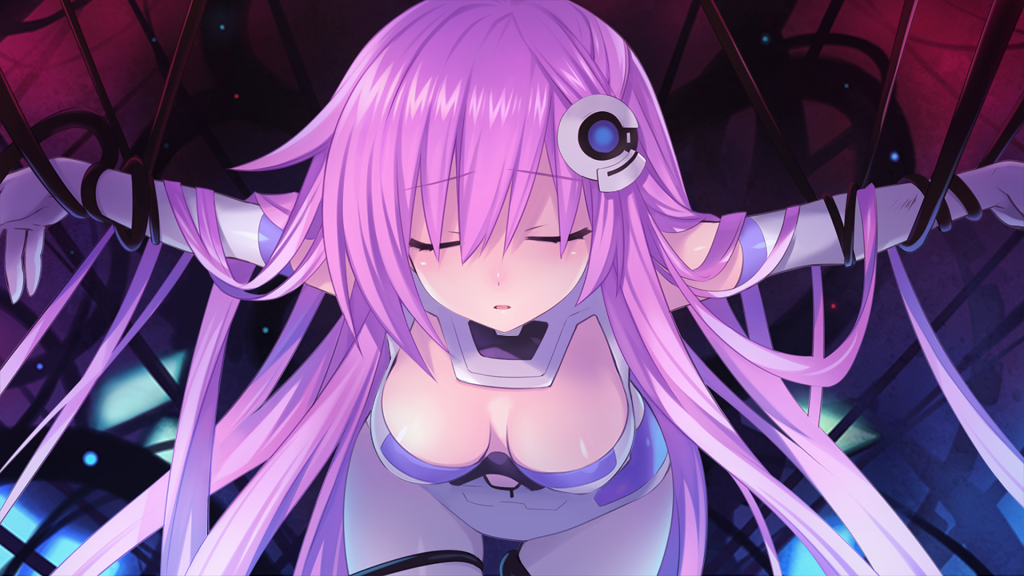
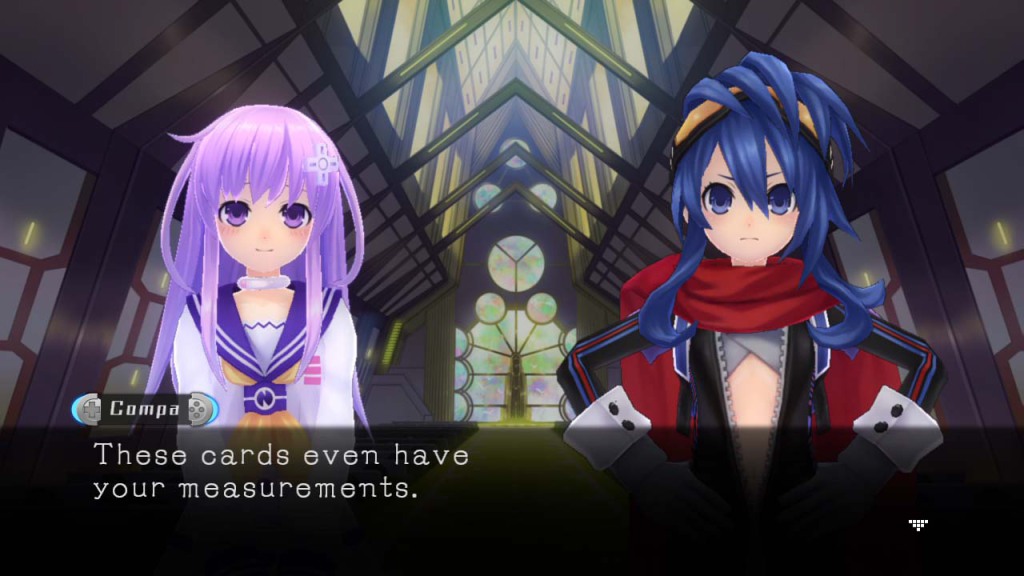
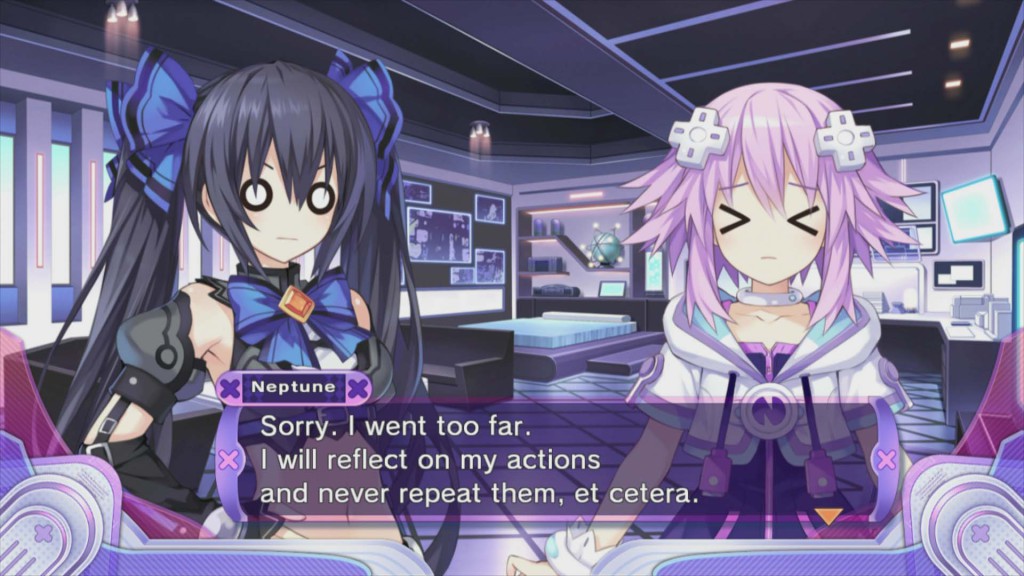
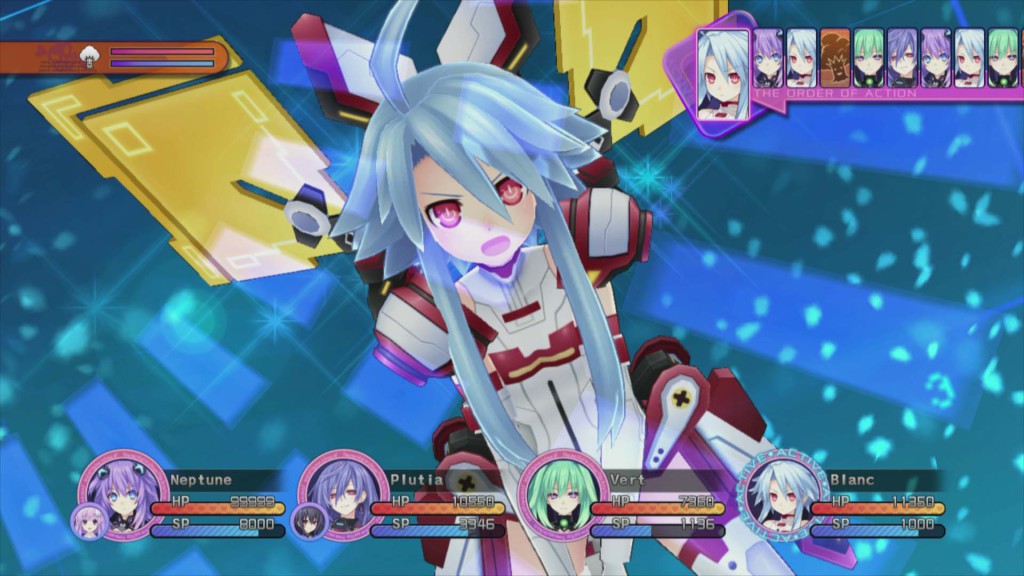
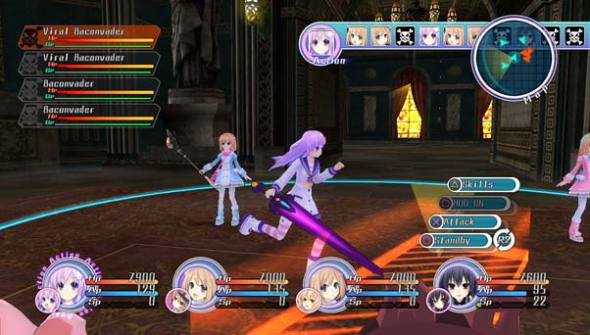

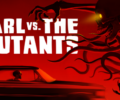
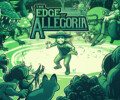

[…] has only been a month since the Hyperdimension Neptunia Hypercollection passed the revue and it’s already time for another title that situates itself in the Neptunia […]
[…] hasn’t been long since the Hypderdimension Neptunia Hypercollection passed our editorial staff and yet the last title from the collection makes its appearance again, […]
[…] the Hyperdimension Neptunia Hypercollection bundle, NIS America brings us another collection from perhaps one of their most beloved franchise, […]
[…] would happen if you mix a bit of the juicy elements of Resonance of Fate, Hyperdimension Neptunia and Danganronpa? We believe the outcome would be very much like Lost Dimension, a game that knew a […]
[…] had our fair share of run-ins with both the game-addicted goddesses of the Neptunia universe, as well as the busty ninja warriors of the Senran Kagura franchise. Both series attract a […]
[…] Neptunia games that have been released during the last decade. Over the years we have seen a lot of mainstream entries in the series, but we have also taken a closer look at spin-off titles such as Neptunia x Senran Kagura: Ninja […]